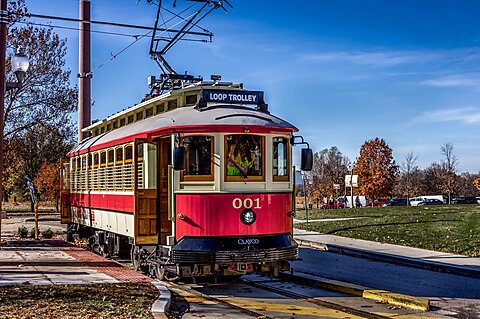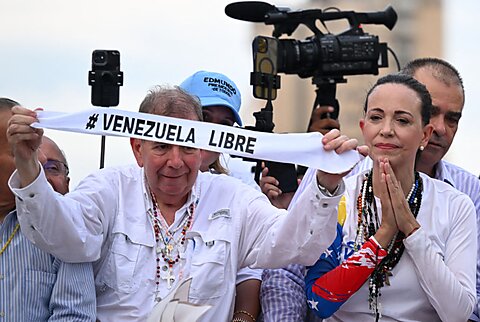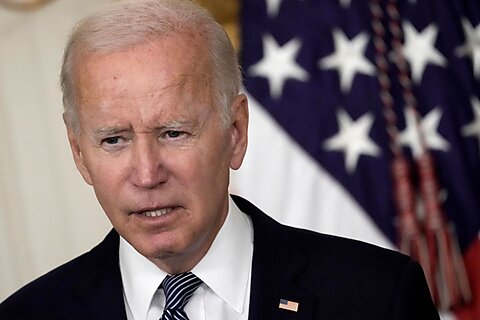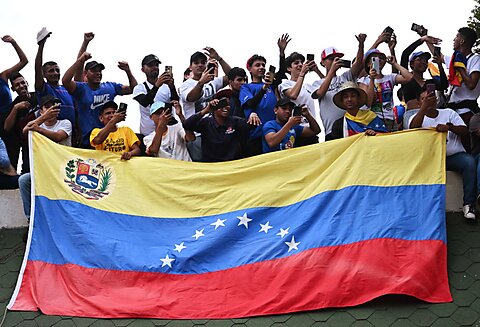
Transit policy analyst Brad Thomas recently ranked US streetcar systems by the number of passengers they carried per hour of service in September 2023. Occupying the bottom spot was the St. Louis Loop Trolley, which transported just 2.1 passengers per hour according to Thomas’ analysis of Federal Transit Administration data.
Looking back at the trolley’s 2022 results, we see that its operating costs per passenger were $153.67, raising the possibility that it would be cheaper for St. Louis to provide the two hourly passengers with a chauffeur‐driven limousine ride rather than continue operating is 2.2‑mile streetcar line.
St. Louis’ experience should be a cautionary tale for other cities that are considering streetcars, light‐rail systems, or other rail‐based transit projects. These systems all require relatively large, fixed investments that often do not pay off when expected ridership fails to pay off.
The St. Louis Loop Trolley was the dream of a local businessman who hoped to restore some of the streetcar service of his youth while reinvigorating a commercial district that had seen better days and where he operated multiple establishments. In 2010, his dream took a large leap toward reality when the federal government awarded $25 million to a special district created to build and operate the streetcar line.
Although the project was estimated to cost $44 million when federal funding was secured, costs escalated to $51 million by the time of project completion. This might have been acceptable had the line achieved its projected ridership of 394,000 passengers per year, but the expected demand failed to materialize.
After numerous construction delays, the trolley opened for passenger service in November 2018. In the first twelve‐and‐a‐half months of operation, ridership totaled a mere 17,292 passengers. Fare revenue and proceeds from a 1 percent tax levied on sales from businesses along the line were insufficient to fund operations, which were suspended at the end of December 2019 (notably this occurred prior to the pandemic, so disappointing demand cannot be attributed to COVID-19 in this case).
Unfortunately, the district was obligated to maintain service as a condition of its grant agreement, and, two years after the line stopped operating, the Federal Transit Administration issued a letter demanding a resumption of service. In the letter, the FTA threatened to claw back its grant funds if trolleys were not running by June 1, 2022.
Local officials turned to another agency, the Bi‐State Development Commission (BSD), to take over the line and restart service. After securing an extension from the FTA, the commission resumed trolley service on August 4, 2022. It operated just four days per week and shut down again at the end of October for a winter break. The now “fare‐free” service attracted just 4,367 passengers while operational costs totaled $671,082, yielding the sky‐high cost per passenger cost reported above.
For the 2023 season, service started again in late April with a total of only 7,181 passengers using the line by the end of September. On August 5, a trolley collided with a car that had run a stoplight causing significant damage. Fortunately, the trolley had no passengers at the time, thus minimizing the chance of injuries.
At this point, the best option would be for the federal government to release BSD from the obligation to continue service and treat the grant funds as a write‐off. The 1 percent local sales tax add‐on could also be eliminated. As the Show Me Institute’s Jakob Puckett has noted, the $51 million spent to build the line represents a “sunk cost”, which should not determine policy decisions going forward.
Meanwhile, other cities can avoid a similar predicament by rejecting streetcar projects altogether. The short segments served by these rail vehicles can be readily served by lower‐cost buses, which can easily be switched to other routes if demand fails to materialize. And, for all transit projects that require significant up‐front investment, it is essential to get reality‐based ridership projections.



